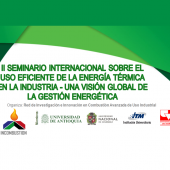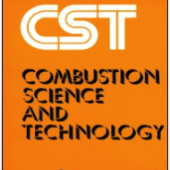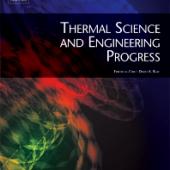Ajuste al proceso a escala semi-industrial y evaluación técnica de la aplicación de un sistema de combustión autorrecuperativo y con calentamiento por radiación infrarroja en un horno rotatorio para el secado de fertilizantes en la empresa Mejisulfatos
Hector Cabezas - Agrosilicium Mejisulfatos S.A.S.






